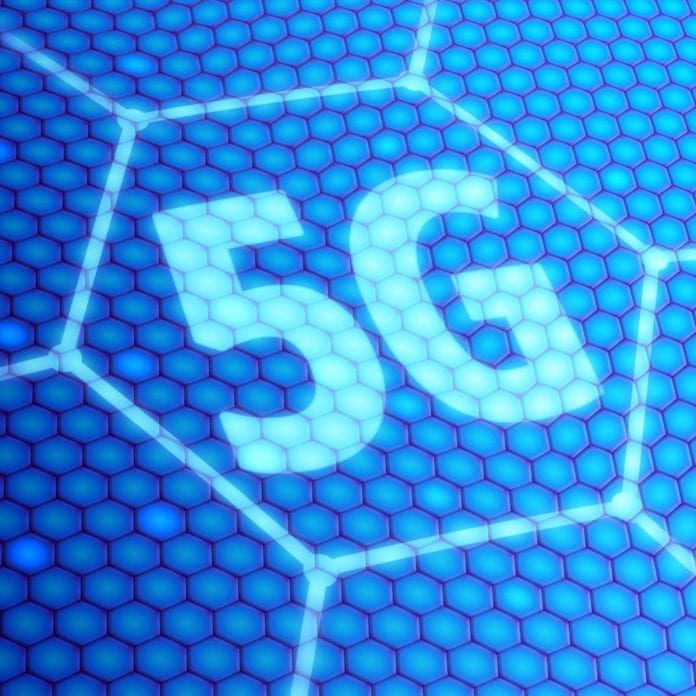AT&T adds parts of over 100 markets to its gigabit LTE-based 5G Evolution across the U.S.; plans 500 markets by year-end
AT&T announced on Friday that its gigabit LTE-based 5G Evolution is now in 117 additional markets, putting the LTE-based 5G Evolution in a total of 141 markets in the U.S. The carrier also announced that its Licensed Assisted Access market count now totals seven markets, after adding three.
AT&T says it will roll the 5G Evolution out to 500 markets later this year. The configuration “can deliver theoretical peak speeds for capable devices of up to 400 megabits per second,” said AT&T in a press release. Later this year, the company will put AT&T standards-based mobile 5G in Waco, Atlanta, and Dallas. Those cities have the gigabit LTE-based 5G Evolution in place now.
“We’re bringing consumers and businesses one step closer to standards-based 5G in 141 total markets,” AT&T said in press release. AT&T is using LTE-Advanced 4×4 multiple-input multiple-output, 256 QAM and 3-component carrier aggregation on existing infrastructure. Devices that work with 5G Evolution are Samsung’s Galaxy lineup (S8, S9, S8+, S9+, Note8 and S8 Active), LG V30 and Moto Z2 Force Edition, AT&T reports.
But is 5G Evolution really 5G?
“That is what I call 4.5G,” Earl Lum, president of EJL Wireless Research, told RCR Wireless News. “They are not even using the 5G waveform. Using 4.5G is gigbit LTE, that is still 4G…it is just a faster 4G.”
It will be the company’s 5G trials that establish 5G for AT&T. “Our mobile 5G deployments will benefit from what we’ve learned in our 5G fixed wireless field trials, where we’re seeing amazing results including speeds nearing 1Gbps over mmWave spectrum bands,” AT&T said.
Lum agreed, “The [AT&T] Waco, Texas trial is getting ready for 5G. It is using the 5G radio.”
The next noteworthy milestone, says Lum, will be Nokia’s branded “4.9G,” which is LTE-Pro because it uses Massive MIMO instead of 4×4 MIMO peak downlink and produces 3 – 4 Gbps, compared with 1 Gbps peak downlink on AT&T. The Nokia 4.9G vision will still be using the 4G waveform but “the next evolution after this is where you get to before 5G.”
Standards based
3GPP’s approval of the non-standalone variant of the 5G New Radio specification in December 2017 was the accelerant for 5G infrastructure work, like a starter’s gun going off for carriers on the 5G race. AT&T helped push the standards along to get to this point. “AT&T 5G services will be based on industry standards for 5G. To make this happen, we were one of the key drivers for standards acceleration last year.”
AT&T says using the non-standalone option, which means 5G radios ride on the existing LTE network core, will lead to standards-based 5G. “Non-standalone 5G adds new, advanced features onto an already solid set of equipment — LTE — to provide customers with faster speeds, lower latency and a better overall experience.”
Carriers are beefing up LTE infrastructure in preparation for 5G. “The ability to reuse those LTE cell sites to put in 5G radio equipment is going to be one of the key cost-effective aspects to making 5G a faster rollout,” said Qualcomm Technologies Vice President of Engineering John Smee in a recent keynote address. He said LTE Advanced isn’t being torn out to put in 5G.
However, AT&T is tearing the two-transmit, two-receive and 2T4R MIMO equipment off the towers and putting 4T4R MIMO up for LTE Advanced Pro, though, Lum said.
No Apple phones
5G Evolution may be a marketing term for just making 4G better, but making 4G better isn’t a bad thing. But device support is still a barrier.
“None of Apple phones have the four antennas. That leaves out Apple, and you are talking about a sizable portion of the market — unless Apple gets its act together,” said Lum. “Only on Android phones will you get the maximum speed.” The cost of 4.5G phones may be a stumbling block. The steep 4.5G phone price may slow customer adoption. “Will people want to pay $800 just to get that speed?” Lum asked.
Another stumbling block on the phone side is battery life. Lum anticipates the battery life on a phone in 4.5G mode will be less than current battery life assuming the same energy size, recalling early 3G phone versions that ran the battery down in an hour in 3G mode. “When you get that 4-antenna phone, it will burn more battery energy. Instead of turning on 2 amplifiers you turn on 4 amplifiers for the uplink,” Lum explained.
He and others are still waiting for answers to questions they asked Qualcomm executives about the battery-life issue at a recent event.
The 4×4 MIMO protocol in gigabit LTE uses four antenna ports to transmit and receive data. Towers and smartphones must have specialized antennas and smartphone modems must support four data streams. Qualcomm seen as the only chipmaker known to be offering a modem that can support 4×4 MIMO.
AT&T says it plans make its 5G Evolution technology available later this year in cities including in parts of Baltimore; Charlotte, N.C.; Cleveland; Denver; Detroit; Jacksonville, Fla.; Kansas City; Las Vegas; New York City; Philadelphia; Portland; Raleigh; Salt Lake City; Seattle; and Washington, D.C.

